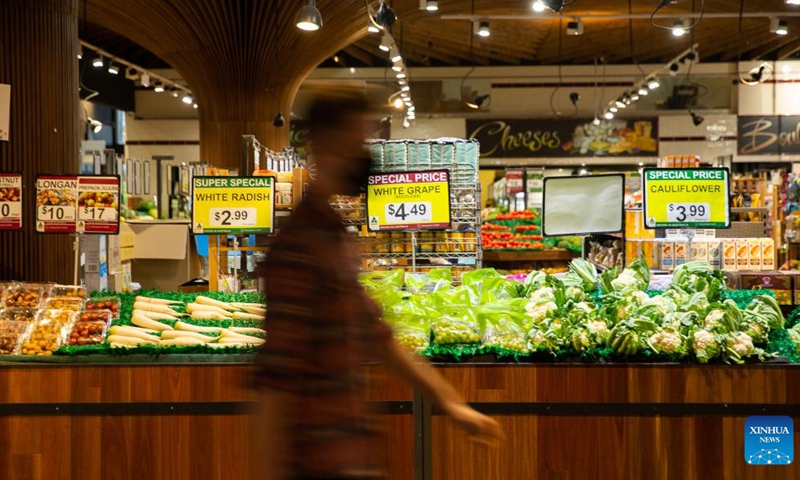
People shop at a supermarket in Sydney, Australia, on April 7, 2022.Photo:Xinhua
As inflation begins to creep up in Australia, families and individuals across the nation have begun to feel the sting in their weekly trips to the supermarket.
A recent analysis by financial research firm, Morningstar, has shown that food price inflation in Australia has begun to heat up as demand surges in the face of household uncertainty around inflation.
"Food price inflation is well and truly underway in Australia," said Morningstar Director Johannes Faul in an analyst note.
According to Morningstar, food prices have jumped by four percentage points in just the first three months of 2022 when compared with the same time last year.
This indicates that real shelf prices are outstripping headline inflation as posted at 3.5 percent year-over-year by the Reserve Bank of Australia (RBA).
John Knole, a retired resident living on the outskirts of Australia's largest city, Sydney, told Xinhua on Wednesday that his weekly grocery budget has increased by "at least" 20 percent.
"The floods and rains have caused prices to rise and some things to just not be on the shelves. Now fuel is up that will send prices up," he said.
Faul attributed the rise in prices to COVID-19-related disruptions, demand volatility and "greater out-of-home food consumption."
Morningstar's analyses forecast food price inflation in Australia would continue to increase and would reach the "mid-single digits" by the middle of the year.
Faul predicted that as supermarket prices began to increase so would consumer habits. It noted that in Britain, where food prices have already breached 5 percent, consumers had begun to alter their shopping preferences, favoring discount and non-brand goods.
"While demand for consumer staples is less price elastic than for discretionary items, product mix shift away from higher-margin premium products."
Brad Banducci, CEO of Woolworths, one of Australia's largest supermarket chains, said that they, like all supermarkets, would continue to be impacted by "industry-wide" cost increases over 2022.
And while it was "inevitable that some prices will increase," Banducci noted that increases would not be felt equally across their shelves.
"The most expensive thing that has happened to us is red meat. Both beef and lamb have become incredibly expensive and we all notice that. They become almost a bit of a luxury item."
This has forced Knole, like many Australians, to take new care when doing their weekly shopping, switching out expensive items for more affordable sources of protein such as eggs, beans and chicken.
"I think it's made me buy cheaper things and less meat. I buy more carefully," he said, noting that he and his partner have had to stretch their modest pension even further.
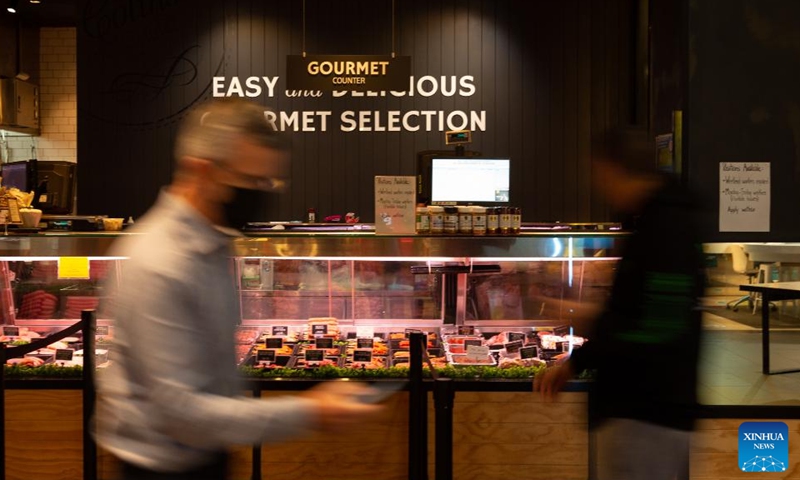
People shop at a supermarket in Sydney, Australia, on April 7, 2022.Photo:Xinhua
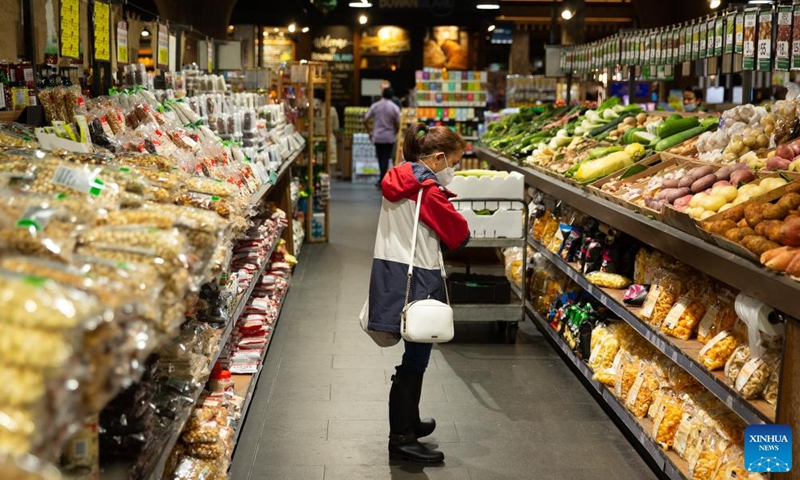
People shop at a supermarket in Sydney, Australia, on April 7, 2022.Photo:Xinhua
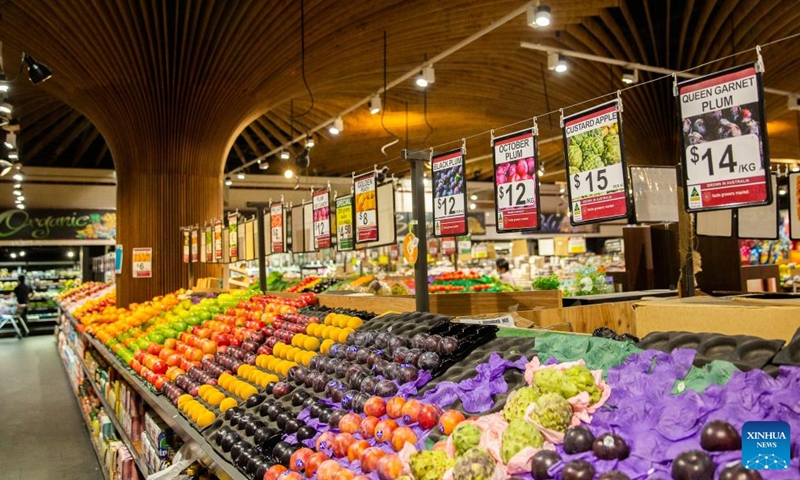
People shop at a supermarket in Sydney, Australia, on April 7, 2022.Photo:Xinhua
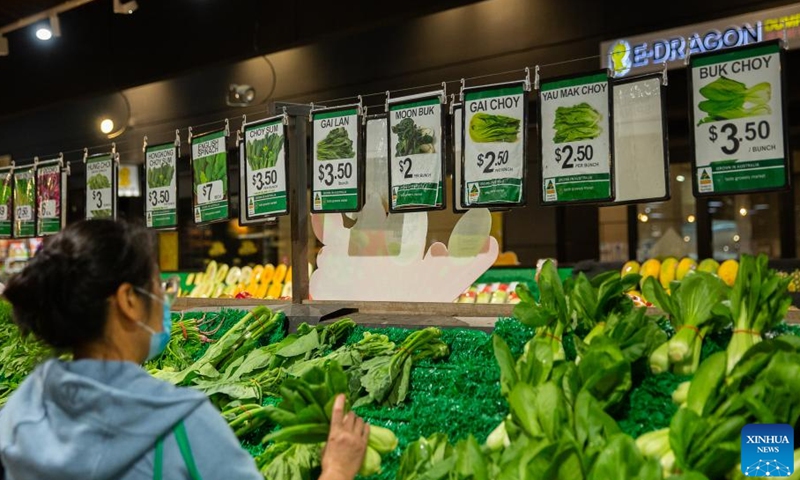
People shop at a supermarket in Sydney, Australia, on April 7, 2022.Photo:Xinhua
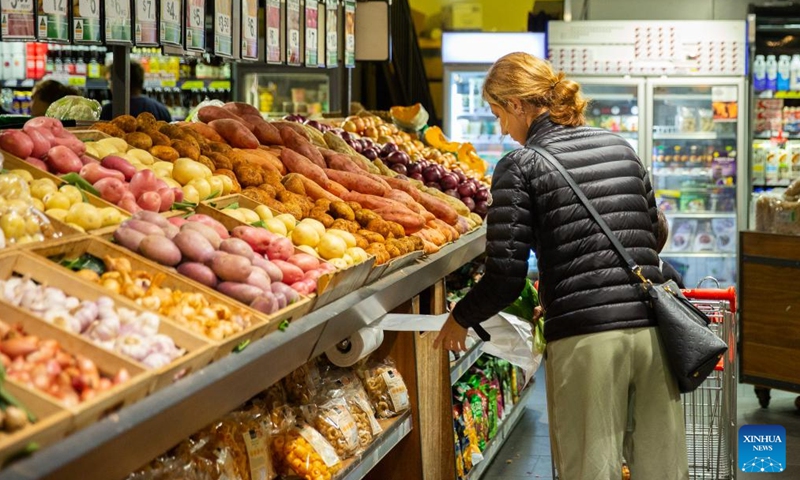
People shop at a supermarket in Sydney, Australia, on April 7, 2022.Photo:Xinhua
